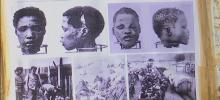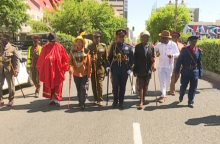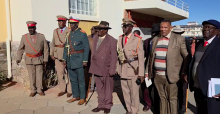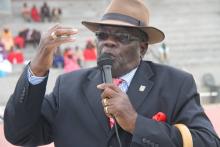Windhoek High Court ruling impacts Namibia-Germany genocide case
Breadcrumb
A ruling by a full bench of the Windhoek High Court has shifted the trajectory of the legal fight over the 2021 Namibia-Germany joint declaration on the 1904-08 Ovaherero and Nama genocide.
The court has decided not to add Germany as a respondent in the case, at least for the time being.











